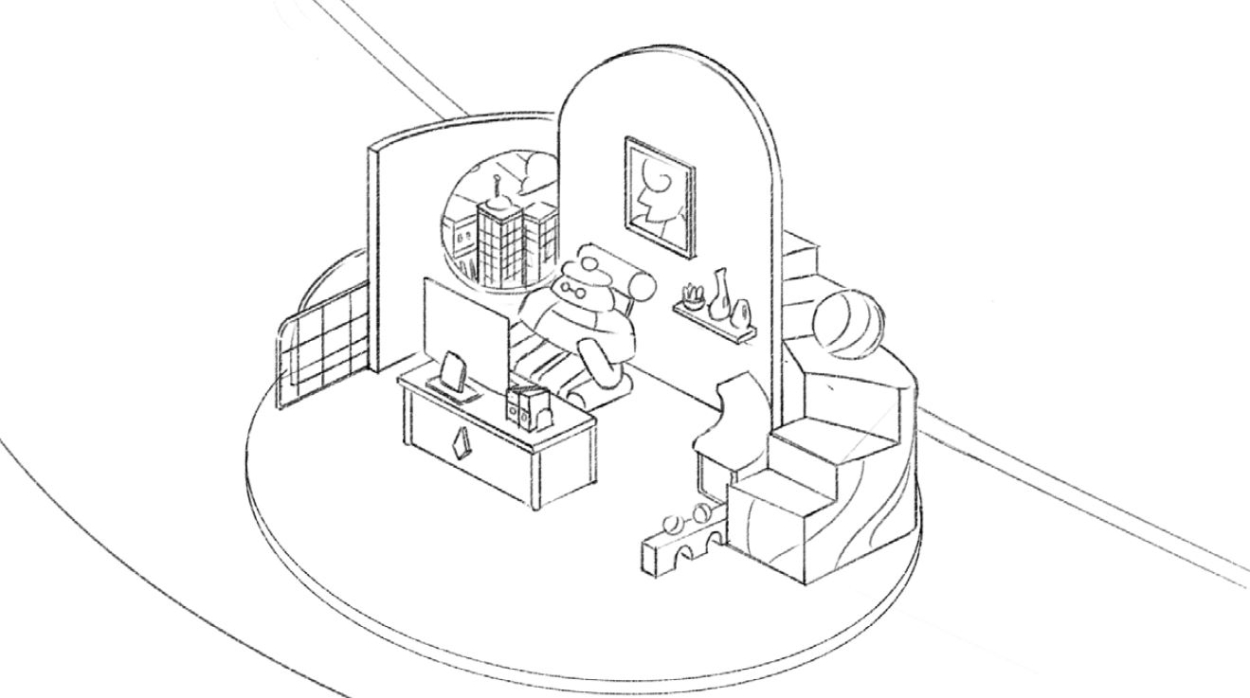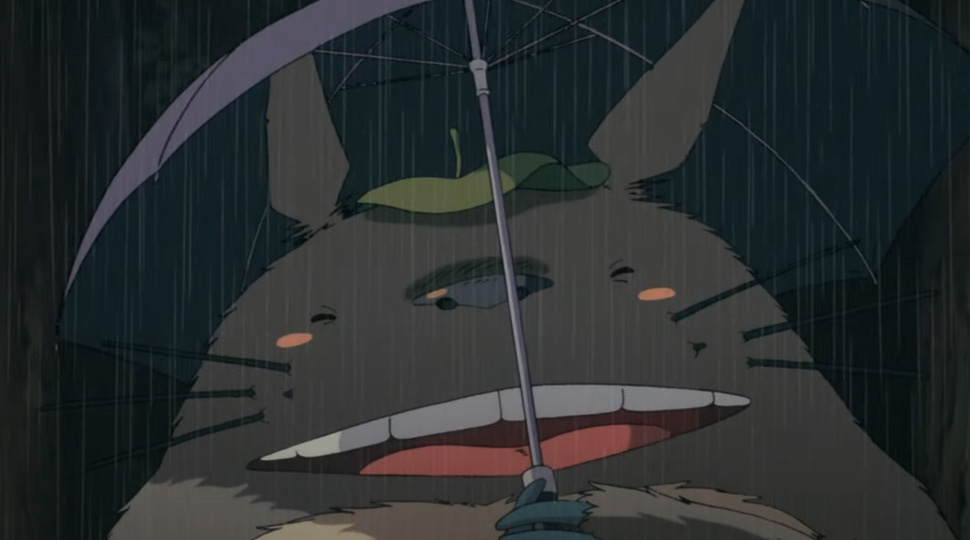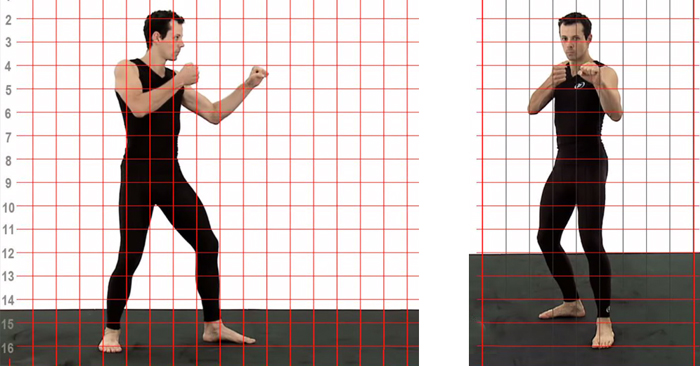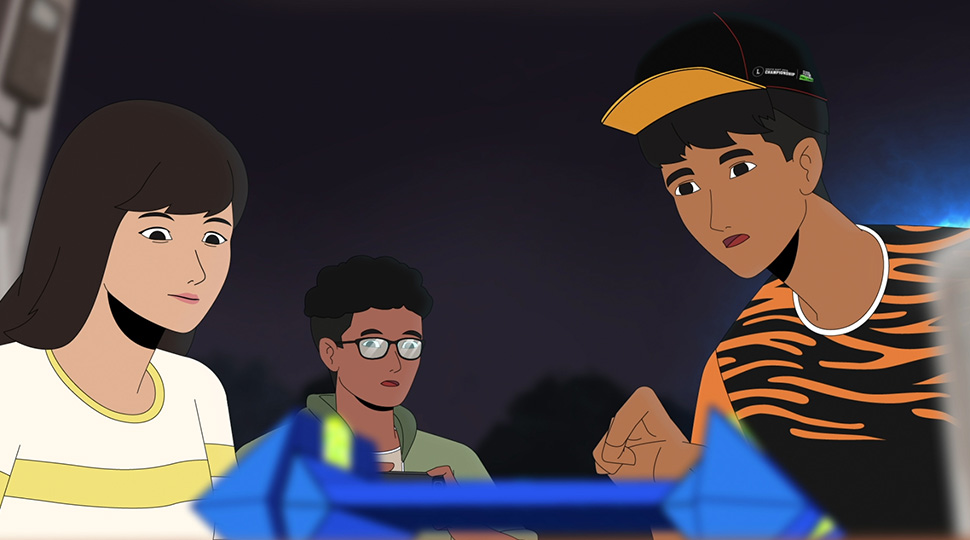Animation isn’t just about getting things to move. There’s a rhythm and motivation behind every action that dictates how it happens, and consequently how it makes the audience feel. If characters all moved in the same stiff manner, there would be no variation or personality to any of them. And well, that’s just not fun.
So, how do you do character animation right? What steps should you look out for to make sure that every expression and every movement feels alive? If you’re looking for the answers to those questions, look no further. Here’s our guide to character animation — with all the steps you breathe life into every frame.
Why Is Character Animation Important?
Every great story is about how characters feel and get along. Even if they’re just cartoons, they should feel real to us. The way they move and show feelings makes the story more exciting. When you animate characters well, it’s like they come to life, and we feel closer to them, as if we’re part of their adventure.
What Do You Need To Look Out For?
To make your characters shine as an animator, there are some key factors you’ll need to pay close attention to. Studying and tailoring each aspect to your character and scene guarantees that your animation will strike a chord with all who watch it.
Character Design
Crafting a character goes beyond mere visual appeal. Remember, this character is supposed to have lived a full life with events that shape who they are.

You’ll need to concoct a personality, a backstory, and a world where they fit in (or don’t fit in) and convey all of that through their look.
Every curve, angle, and shade needs to serve the purpose of telling the audience who this character is.
But apart from expressing the personality of the character, the design also has to be instantly recognisable. Think about the most iconic characters you know of, like Mickey Mouse. Even just a silhouette or outline would be unmistakable, and that’s exactly what you need to strive for with every character to make sure they’re memorable to the audience.
Posture
The way a character carries themselves speaks volumes about who they are. Are they timid and unsure of themselves? Or an over-confident hero?
A character’s posture can relay their personality, their current emotional state, and even their history. It’s essential to craft a character’s posture to bring out this depth, capturing the subtleties that make them more relatable and real.
Examine the way the first character enters the scene. Her shoulders are hunched over, her eyes glued to the ground, and her feet drag behind her as she moves to the centre of the screen.
Even without the narration, we immediately sense exhaustion and a defeated air about her. Just the way she walks tells us about how she’s feeling and how her life is going, and it adds weight to the message being conveyed. That’s posture done right.
Motivation & Emotion
So character animation should reflect the personality of the character, but we don’t always act the same way. Imagine if the brave hero stands with his chest puffed while his brother gets stabbed by the villain. That would just be weird, wouldn’t it? Whether it’s a tense moment or a turning point in character progression, the way they behave needs to be influenced by the emotional atmosphere of the scene to emphasise the impact of what’s happening.
The devil is in the details here. While exaggeration is a key principle of animation, explosiveness wouldn’t match the tone of every scene. The nuances of feelings, be it through a slight twitch of the muscle or a soul-stirring smile, can make a whole world of difference in an animated scene. Imbue your characters with motivations that drive their actions, pushing the storyline forward with a depth of emotion that is palpable.
Prepping For Character Animation
So now you know all the elements needed to make character animation truly shine. But how do you ensure that you do it right? Here are some ways to add that extra polish.
Character Studies
To properly convey a character’s personality, emotions, and motivations, you need to have a deep understanding of their history and what makes them tick.

This is where character studies come into play. Think of it like drawing up a map of everything that makes your character who they are. Develop their background story, their likes and dislikes, fears, and aspirations, and put that into the little things that they do.
Look at the way the character, Totoro, reacts to the umbrella. He holds it off-centre, with his ear jutting into one of the corners, and looks up at it curiously, a clear sign of his unfamiliarity with a human invention (as he should be, given that he is a forest spirit).
And when the raindrops fall on the canopy and make sound, the unexpected noise runs a shiver through his fur and a grin spreads across his face with every succession. We can tell that he’s surprised, yet thrilled and no dialogue was needed for you to know. Cool, right?
These are all things that the animators accounted for. Because they’ve spent the time analyzing how a being like Totoro would behave in this situation. By mapping out his personality and history, they instil it into every action and expression, making him feel that much more real to the viewer.
References
At the end of the day, we’re all human. Animators can’t be expected to instantly know how to draw every movement realistically, and they shouldn’t be. This is where references come in.
To make an illustration realistic, you need to make sure everything moves realistically, that the laws of physics remain unbroken, and that the lighting hits just how it’s supposed to. That’s a lot harder than it seems, and that’s just for one still image! Juggling all these elements can be hard to do consistently with frame-to-frame animations, and that’s where references come in.
These are essentially examples of the movement and lighting you need in your scene, showing you how your character should look in each scene.

Credit: Premiumbeat.com
Be it real-life observations or a collection of artworks and other animations, references can offer a fresh perspective. It guides you in capturing the intricacies of movements and emotions. For this, you can either look online for videos with similar scenes or make your own. It might not look the prettiest or be the quickest way of doing things, but using references is key to getting every frame right.
Final Scene
Characters form the backbone of every animation. It’s through these figures that the audience receives information about the story and the environment, and it’s through them that you control the emotions in every scene. So perfecting them is, needless to say, non-negotiable. While this might seem intimidating, we’ve laid out all the key components of character acting for you, so making your characters come alive is that much easier.
Looking For Character Animations for Your Business?
At Kasra Design©, our team is super passionate about the art of character acting in animation. With a blend of talent, experience and dedication, we breathe life into every story we touch. Ready to collaborate with our award-winning team? Connect with us at: KasraDesign.com/Get-a-Quote


